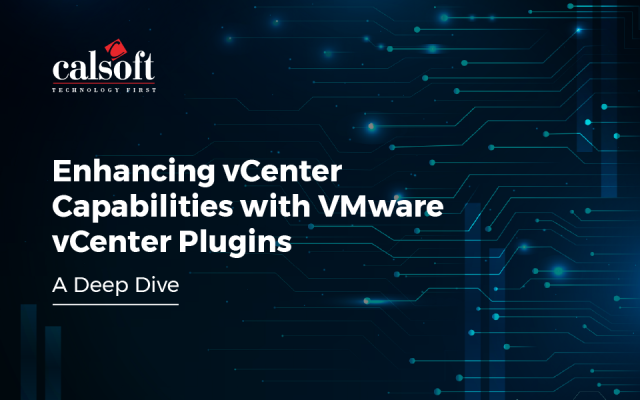Every time we look at our Google Drive or Apple iCloud, we’re using the public cloud. Permanently in our pockets, the public cloud offers us terabytes of data at our fingertips, on-demand. But what exactly is it, and how does it work? Let’s find out.
One of the most important advancements in the Cloud computing sphere has been the development of the public Cloud. A public Cloud is a form of infrastructure wherein on-demand computing services are handled by third-party providers. These providers allow access to multiple organizations through the use of the public Internet.
The providers don’t just offer Cloud access, they also offer infrastructure, platforms, or software as a service. This enables smaller companies to use these resources without needing to host them in their own data center.
While the public Cloud has significantly improved the lives and performance of many enterprises, there are several challenges that need to be addressed before the public Cloud can be used to its fullest.
Excess Costs
While maintaining large data centers on-premises is expensive, the expense is mostly upfront and fixed. When dealing with the public Cloud, careless enterprises may find themselves paying far more than needed via fixed and hidden costs.
Some of the more common hidden costs that companies wind up paying include migration costs, which occur when data is migrated either from in-house data centers to cloud platforms or from one cloud platform to another.
Resource allocation can also affect the bottom line, with underprovisioning causing slowdowns and overprovisioning wasting resources. Another often overlooked hidden cost is expired resources. In the beginning, cloud providers offer many free resources, but these are trial runs for limited durations. Keeping these services and maintaining them can get expensive. Finally, the worst offender in terms of hidden costs is often human error. Mismanaging cloud deployments and disrupting services happens due to a variety of reasons including poor code deployment, configuration changes, and improper job workflows.
Limited Control
The public cloud is a multi-tenant environment, which means that multiple companies use it for their own purposes. The unfortunate consequence of the situation is that the users lack hypervisor access.
This means that the average user cannot customize their cloud system as per their requirements.
The situation is muddied further since the public cloud companies can make low-level or high-level changes whenever they choose, without consulting their customers. This is even more troublesome for organizations with strong security policies. Such organizations can enforce and maintain security within their systems, but cannot do so on the public cloud.
Data Security
Public Cloud is an extremely convenient resource due to its shared nature. Think of it as a big residential complex being shared by multiple apartments. The amenities and space can be used by all the residents without burning a hole in their pockets. However, if someone in the residential complex were to try and rob their neighbors, it would be much easier for them than for an outsider.
This is also a risk when it comes to using a public cloud. Given that data is a shared resource on a public cloud, the ones you’re sharing the cloud with could breach your data without your consent. While it is only a possibility, data risks are a real possibility on shared servers.
In order to secure your data, you can employ additional security measures such as firewalls, backups, and pre-emptive scans. This will make your data harder to get to, and given that attackers are usually after low-hanging fruit, the risk associated with the public Cloud goes considerably down with a few simple additions to your security.
Skillset Gap
The ever-evolving industry demands expertise in newer technologies however the companies are struggling to find skilled professionals with Cloud expertise that could help them manage their increasing IT complexities.
Given that Cloud is a relatively newer industry with a rapidly increasing demand, the number of professionals is a lot lower than what the industry demands. Not only does it make the deployment of Cloud projects more challenging, but it also drives up the costs of human resources involved. The skillset gap is slowly filling, but looking at the statistics and ever-increasing demand of the field, finding the right professionals is always going to be slightly challenging for enterprises.
To deal with this, companies are now offering in-house training to develop and maintain a highly skilled workforce for their projects, an option that is still not feasible for SMBs.
With the public Cloud interfacing with almost every part of our lives, we need simple and accessible solutions to the challenges posed to us. If there’s one thing that can help meet those challenges, it is experience. Calsoft’s engineers have solved these problems before and can solve them again for you. Click here to get in touch and see how your company will do on the public Cloud!
PS: If you want a broader look at the state of the Public Cloud industry, download this exclusive research report.






